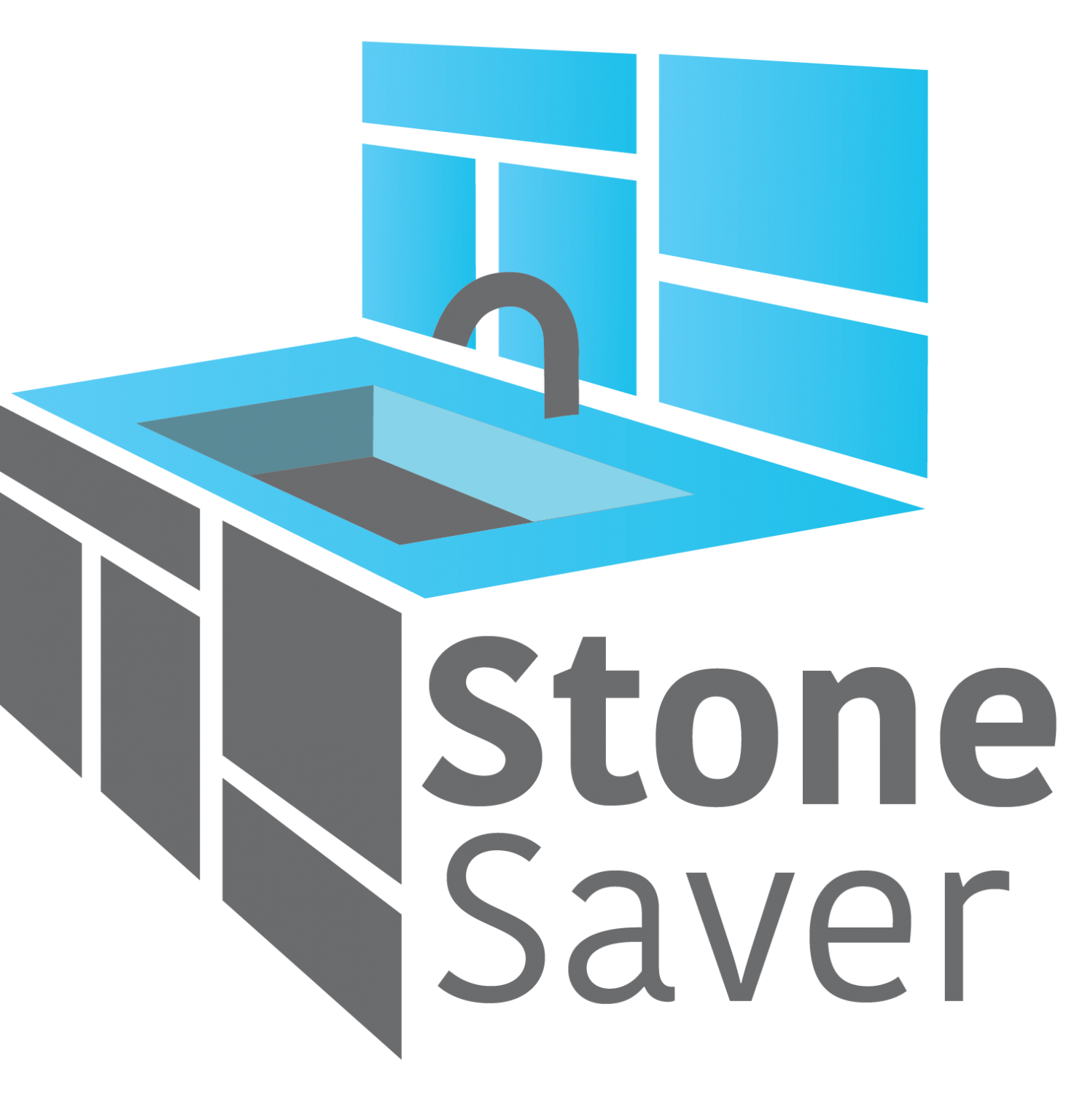Qualities and Nature of Stone
The success of your project begins with knowledge and selecting the right fabricator. Having this knowledge base will help you make the right decision. Stone is not manufactured; it is a product of nature. Natural stone includes, but is not limited to granite, marble, quartzite, soapstone, onyx, and travertine. Blocks are quarried from the earth, slabs are cut from the blocks, and the slabs are then further fabricated. Each block is different, and each slab is different, therefore, the composition, mineral content, and overall functionality of the individual slabs may vary, regardless of the stone classification. Nature of stone, slab, or tile is a product that can differ in porosity, softness, durability, and is subject to scratching, etching, and staining. Each slab will vary in color concentration; texture, veining, grain, or any other variance in the appearance of natural stone will exist. Stone’s natural variations in colors and textures make each application unique. Fissures, pitting, mineral pooling and other naturally occurring features in stone should not be considered as defects. Some of these features may become more or less noticeable when the position of the slab is changed, or when the lighting intensity is changed. Thickness of stone slabs may vary therefore thickness (ex. 3CM) is nominal rather than exact. We do not extend any expressed or implied guarantee as to a specific stone color, shade, characteristics, durability or functionality or the surfaces resistance to scratching, etching, and staining. The Marble Institute of America (MIA) is a recommended resource for all stone needs.
Fissures occur naturally in many stone types and are not considered a flaw. The term fissure is used to describe a visible separation along inter-crystalline boundaries. This separation may start and stop within the field of the stone or extend through an edge. A fissure differs from a crack in that it is a naturally occurring feature of the stone. All granites contain some degree of fissures. Some contain more than others.
Pitting of the countertop surface, particularly in granite, is a commonly seen characteristic of natural stone. Granites are made up of several different minerals< each mineral having a different hardness. Nature of Stone Granites contain quartz, feldspar, biotite, amphibole, ferrous titanium oxides, and other mineral combinations. Pits are common in all granite and should be expected when dealing with a natural polished stone. Pits do not make the stone less durable or otherwise inferior.
Schist: A good number of granite colors that are very beautiful with a variety of colors and veins that flow in different directions are not truly “granites” in struct geological terms. Though they are commonly called granites, they are actually schist stones. Schist is a metamorphic rock that can be split into thin layers because its micaceous minerals that have become aligned in thin parallel bands. Most schist is mica schist, but graphite and chlorite schists are also common. Layered mica provides the shiny crystals that also reflect the light. Schist material is softer than granite, so it is hard to cut and cannot provide a detailed edge like granite. Because this stone has areas of quartz, which are very hard, and other areas of the slab, which are softer due to the high concentration of mica, it can be normal for the edge detail to have some wave to it after fabrication. Using a beveled or flat edge detail will minimize this wavy look. It is also common to have chips on the edge detail where mica has popped out during fabrication. Schist can be considered a natural fragile stone and takes a lot of experience and talent to work with. Many fabricators do not work with schist stone installations so you must do your research in finding one that will work with your material selection.
Marble: Marble is a metamorphic rock made of calcite crystal. Because of its beauty and elegance, marble is a popular choice for countertops. Marble, although beautiful and durable is porous and can dull and etch. The calcite crystal is vulnerable to attack by mild acids, including those commonly found in kitchen and bar settings. Lemon juice, tomatoes, vinegar, and any other acidic solutions will etch the surface, removing the finish and damage the stone. Scratching could occur from common kitchen utensils. Because of the high absorption rate of marble a sealer should be applied to help prevent the absorption of water and stains into the marble. Speak to your fabricator as to what sealer they recommend using for your stone choice. The user selecting marble for their application should be aware of, and accepting of, the maintenance and patina that is to be anticipated.
Quartzite: Natural quartzite is a high-performance (and contemporary stone) material that boasts variety of stunning colors and pattern variations. It is a hard, non-foliated metamorphic rick, which was originally pure quartz sandstone. Sandstone is converted into quartzite through heating and pressure usually related to tectonic compression. Quartzite characteristics are similar to granite.
There has not been a significant amount of time to study these materials to give a complete report of their durability. They may be considered harder than marble, but softer than quartzite. The user selecting this stone for their application should be aware of and accepting of, the possibility of etching, scratching, and staining. Names of some that we are aware of are Tribeca Grey, Avalanche, Fantasy Grey, Platinum, Terrabianca, Fantasy Brown, and Super White. We recommend a additional Dry Treat for softer material . (additional charges will apply)
we carry akemi products and recommend “triple effect ” ( which we stock ) for daily or weekly use on all natural stones for cleaning and sealing with each use also we have “clear clean” for quartz counters.
Samples: The color, shade, veining, color concentrations, and any other variances in the appearance of natural stone will exist and will vary between a sample you may have used in the selection process and the actual stone used on your project.
